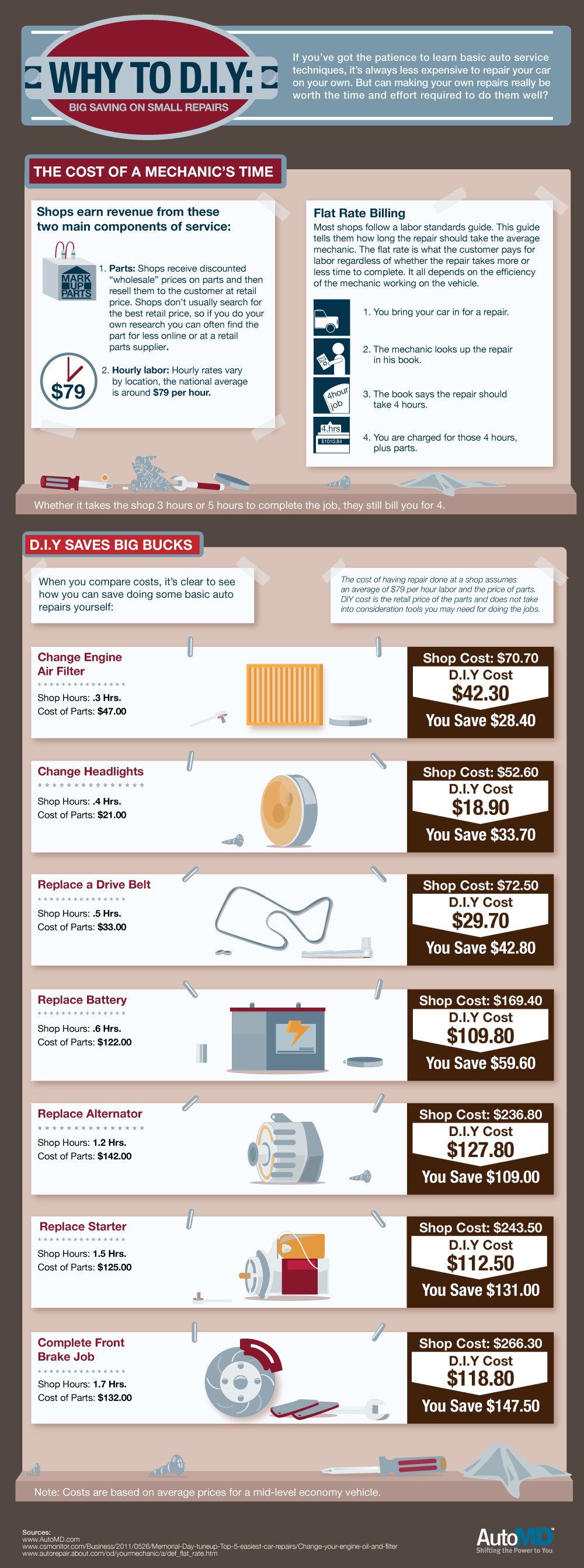Interpreting Your Vehicle'S Alert Lights: Their Real Implications
Interpreting Your Vehicle'S Alert Lights: Their Real Implications
Blog Article
Write-Up Developed By-Faulkner Torres
When you're behind the wheel, those radiant warning lights on your control panel can be a little bit puzzling. Do you understand what they're trying to inform you about your cars and truck's health and wellness? Recognizing the significance of these lights is important for your security and the longevity of your lorry. So, the following time among those lights pops up, wouldn't you want to decipher its message precisely and take the needed actions to resolve it?
Common Warning Lighting and Interpretations
Determine typical warning lights in your vehicle and comprehend their definitions to guarantee safe driving.
One of the most regular warning lights consist of the check engine light, which indicates issues with the engine or exhausts system. If this light begins, it's vital to have your vehicle checked promptly.
The oil stress advising light shows low oil stress, requiring prompt attention to prevent engine damages.
A blinking battery light may suggest a damaged charging system, potentially leaving you stranded otherwise dealt with.
The tire pressure monitoring system (TPMS) light alerts you to reduced tire stress, influencing lorry stability and gas performance. Disregarding this might bring about hazardous driving conditions.
The abdominal light shows a trouble with the anti-lock braking system, compromising your ability to quit swiftly in emergencies.
Finally, the coolant temperature level cautioning light warns of engine overheating, which can cause serious damage if not dealt with swiftly.
Understanding please click the following webpage will help you resolve issues promptly and preserve safe driving problems.
Value of Prompt Attention
Comprehending the common caution lights in your automobile is only the initial step; the importance of promptly resolving these cautions can't be emphasized enough to guarantee your security on the road.
When a warning light illuminates on your control panel, it's your vehicle's way of connecting a prospective concern that requires focus. Neglecting acp detailing can lead to more severe issues in the future, endangering your safety and security and potentially costing you much more out of commission.
mobiledetailingauckland to advising lights can prevent breakdowns and accidents. As an example, a flashing check engine light could indicate a misfire that, if left ignored, could create damage to the catalytic converter. Resolving this quickly can conserve you from an expensive repair service.
Likewise, a brake system cautioning light may signify reduced brake liquid or worn brake pads, crucial elements for your safety and security when driving.
Do It Yourself Troubleshooting Tips
If you notice a caution light on your control panel, there are a couple of DIY troubleshooting ideas you can try before seeking professional help.
The initial step is to consult your automobile's manual to understand what the details caution light suggests. Sometimes the problem can be as simple as a loosened gas cap triggering the check engine light. Tightening the gas cap may deal with the issue.
An additional usual problem is a reduced battery, which can trigger numerous alerting lights. Inspecting the battery links for rust and guaranteeing they're safe might take care of the issue.
If a warning light continues, you can try resetting it by detaching the automobile's battery for a couple of minutes and then reconnecting it. Additionally, examining your vehicle's fluid degrees, such as oil, coolant, and brake fluid, can assist troubleshoot advising lights connected to these systems.
Verdict
Finally, comprehending your vehicle's caution lights is vital for keeping your vehicle running efficiently and safely. By promptly dealing with these notifies and recognizing what they suggest, you can prevent costly repairs and possible failures.
Remember to consult your automobile's handbook for particular details on each alerting light and act as necessary to guarantee a trouble-free driving experience.
Remain notified, remain risk-free when driving!
